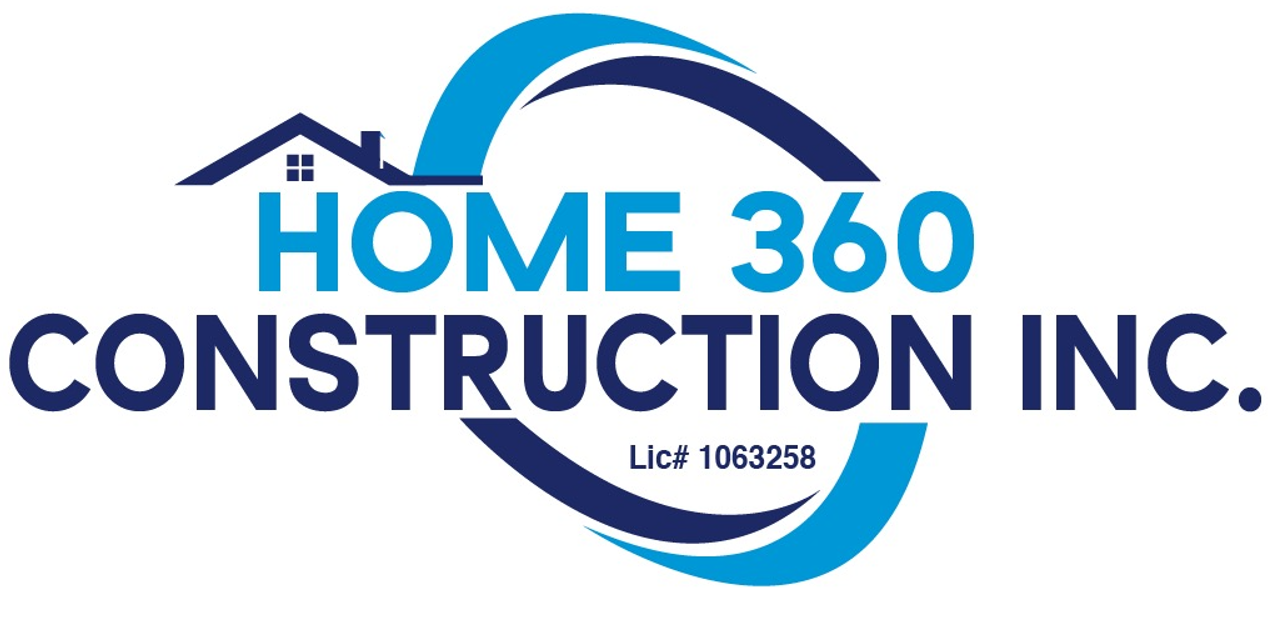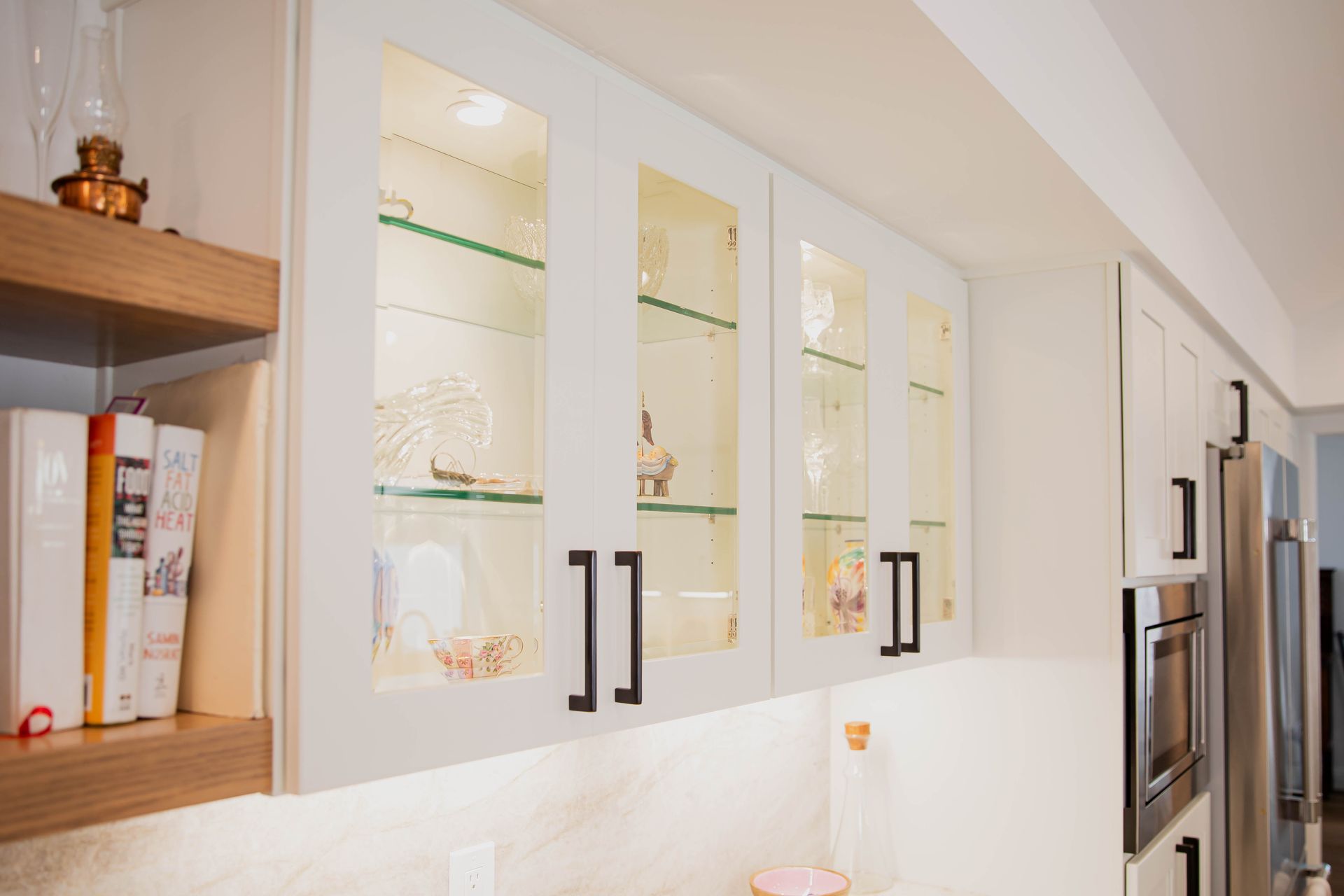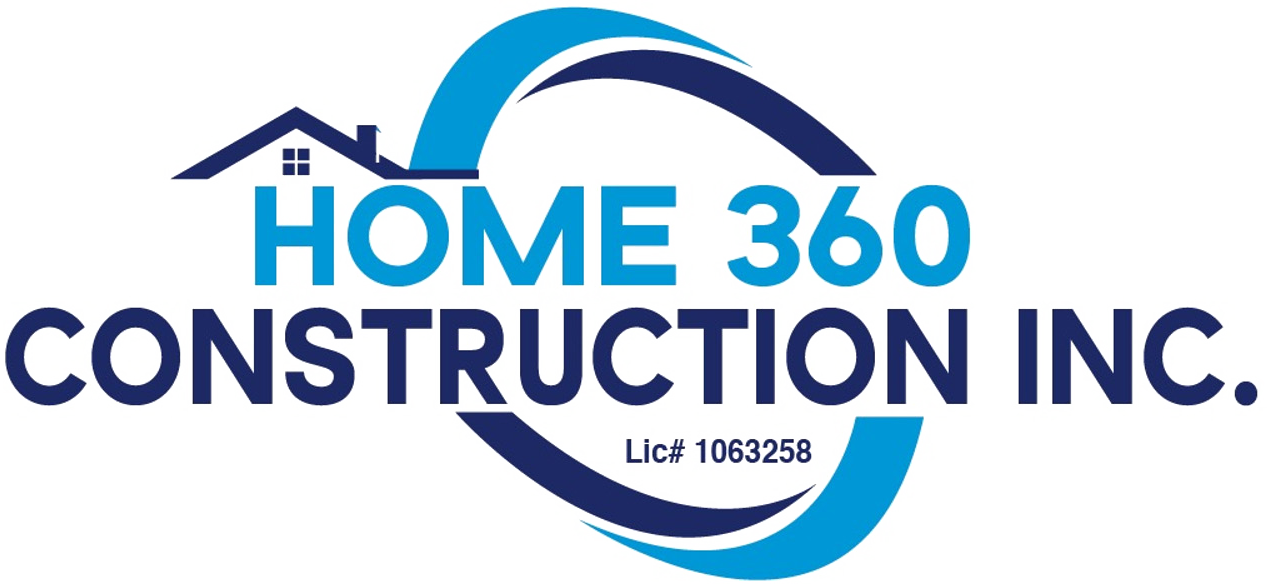Enhancing Comfort, Efficiency, and Security with Smart Home Innovations
As technology continues to evolve, the smart home concept has shifted from a futuristic idea to a present-day reality, enhancing comfort, energy efficiency, and security. Today's renovations increasingly incorporate smart technology, making homes more connected and intelligent. Here’s a look at the latest trends in smart home technology and how they can be seamlessly integrated into your next renovation project.
Smart Thermostats for Enhanced Energy Efficiency
Smart thermostats are at the forefront of energy-saving technology. Devices like the Nest Learning Thermostat or Ecobee SmartThermostat learn your schedule and preferences, adjusting your home's temperature to optimize comfort and reduce energy bills. They can detect when no one is home, automatically setting the temperature to eco-friendly. They can be controlled remotely via smartphones, making managing your home’s climate easier than ever.
Automated Lighting Solutions
Automated lighting systems not only offer convenience but also contribute to energy conservation. With smart lighting, you can remotely control the lights in your home, set schedules to mimic occupancy when you're away, and adjust lighting based on the time of day. Philips Hue and Lutron Caséta are examples of systems that allow you to manage your lighting preferences easily, creating ambiance while saving energy.
High-Tech Security Systems
Security is a top priority for homeowners, and smart technology is revolutionizing how we protect our homes. Today's high-tech security systems include Wi-Fi-enabled cameras, motion detectors, and door and window sensors that offer real-time alerts and video feeds directly to your smartphone. Brands like Ring and Arlo offer comprehensive security solutions that can be customized to fit the needs of any home, ensuring peace of mind whether you're at home or away.
Voice-Controlled Assistants
Voice-controlled assistants, such as Amazon Alexa, Google Assistant, and Apple HomeKit, are becoming central to the smart home experience. These devices can be integrated with a wide range of smart home products, allowing you to control your home's functions with simple voice commands. From adjusting the thermostat to locking the doors or even starting the coffee maker, voice assistants offer a hands-free way to manage your home.
Smart Locks and Doorbells
Smart locks and doorbells are key components of a modern, secure home. Smart locks allow you to control access to your home remotely, grant temporary access to visitors, and even track who comes and goes. Smart doorbells, equipped with cameras and two-way audio, let you see and communicate with visitors at your door, whether you're home or away. These technologies not only enhance security but also add a level of convenience to everyday life.
Integrating Smart Technology into Renovations
Integrating smart technology into home renovations requires thoughtful planning. Here are a few tips to ensure a smooth integration:
- Plan for Connectivity: Ensure your home has a robust Wi-Fi network to support your smart devices. Consider upgrading your router or adding extenders to eliminate dead spots.
- Choose Compatible Devices: Opt for smart home devices that are compatible with the same platform or ecosystem for seamless operation.
- Consider Future Needs: Choose flexible and scalable solutions that can be easily updated or expanded as new technologies emerge.
- Professional Installation: While many smart home devices are designed for DIY installation, consider professional installation for complex setups to ensure optimal performance.
Conclusion
Incorporating smart technology into your home renovation is not just about keeping up with trends; it’s about enhancing your living space's functionality, efficiency, and security. As these technologies continue to evolve, they offer exciting possibilities for creating homes that are not only connected but also intelligent, responsive, and tailored to our needs and lifestyles. By embracing smart technology, homeowners can look forward to a future where their homes are more comfortable, convenient, and secure than ever before.




